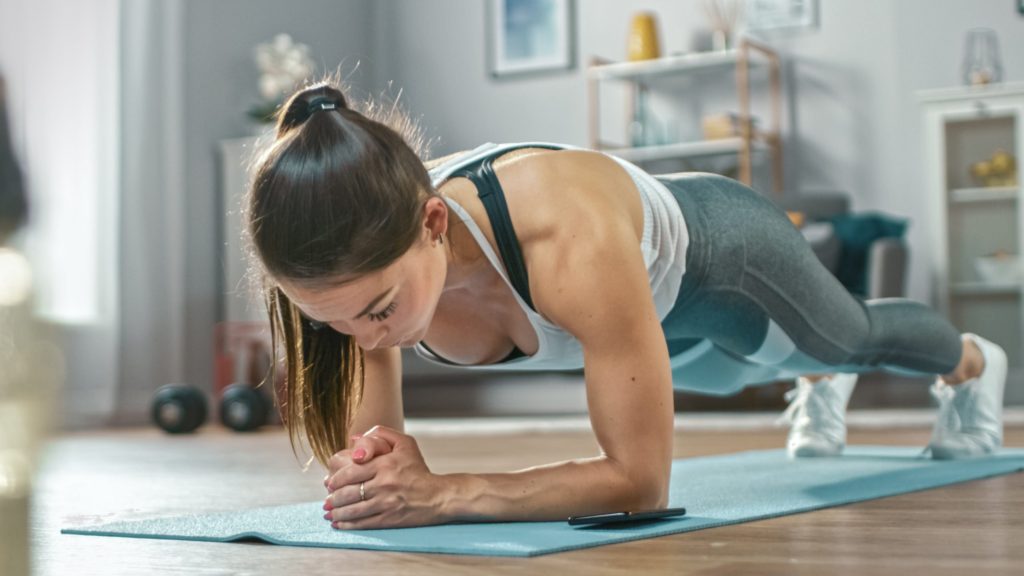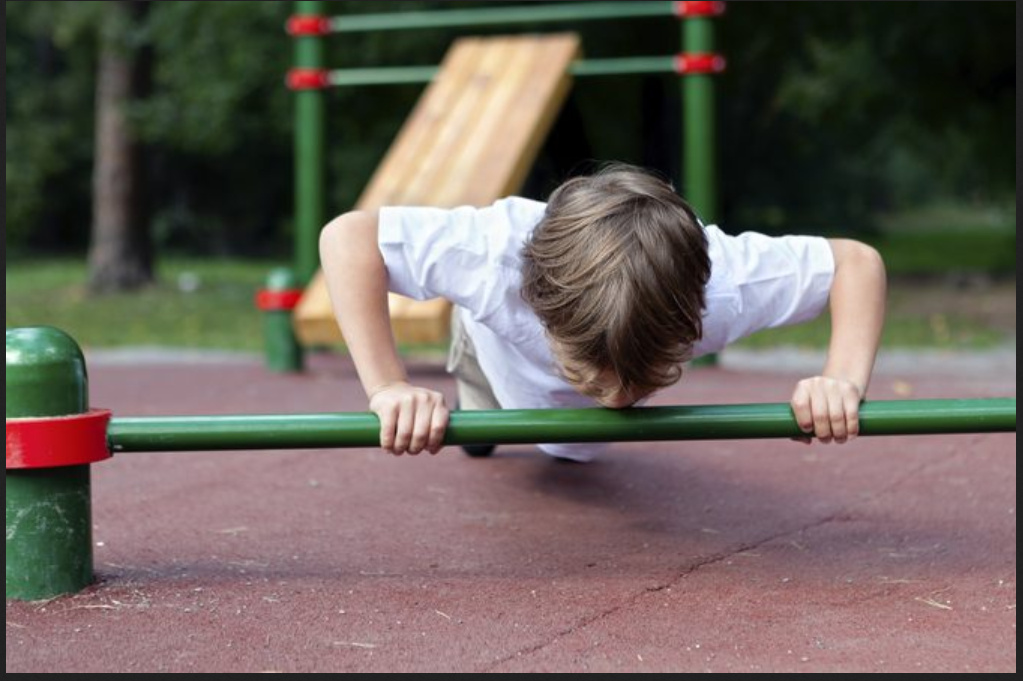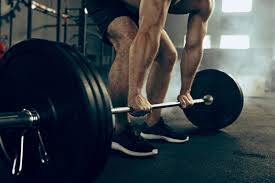In today’s world of high competition, swimmers are always looking for that edge. A lot of swimmers turn to a dryland workout for that little bit extra to get a competitive edge. This is really nothing new, dryland workouts have been around for quite some time. When I was growing up it was known as cross-training. And today it has been a more catchy name of strength and conditioning.
What is dryland training?
Essentially a dryland workout is a way of training, not just swimming-related muscles. Other areas of the body are also strengthened to prevent possible injury. The reason behind doing dryland training is to make you fitter faster stronger. Plus to help you increase your speed for your swimming.
What and how to train?
When doing a dryland workout you want to focus on building three main components of your body: your upper body, core, and leg strength. There are at least two or three dozen different ways to do your dryland training. The beauty of dryland training is you don’t have to stick to the same thing. A dryland workout can be tailored specifically for anyone. However, you can go down the road of doing a general fitness class. Classes such as circuit training at your local gym can be effective for some young developing athletes. High-level swimmers require a more tailored approach to help them improve.

The point of a dryland workout is not only to strengthen, condition, but also build strength, and power. It also gives the athlete a way of improving outside of spending hours and hours in the pool. If you’re going to spend time doing dryland workouts then you might as well pick something you like to do. Dryland workouts don’t mean you have to spend an hour and a half of the gym. You can take a different perspective and look at other activities to help improve you’re swimming whilst not in the pool. A good idea is for younger kids to do gymnastics as this will help build strength and conditioning for swimming. Every gymnastic athlete you see is absolutely ripped. So clearly they have great core strength, muscular legs, and well-developed arms.
Something different
As an alternative, other sports such as boxing could also prove helpful with core and shoulder strength. We all know boxes are super fit so that’s another avenue to explore. The point is to be creative with your dryland training don’t box yourself into one sort of dryland workout. Think about what you can do that’s fun but can also help you with your swimming.
When should kids start doing dryland workouts?
A swimmer from the age of 5 to 8 that plays another sport other than swimming is already doing some sort of dryland workout. This age bracket really does not need to do a whole lot of dryland work. Playing in a team sports scenario, where they have to have coordination, will actually help them improve in their swimming. This can be as simple as playing on the soccer team, going to dancing lessons, and again possibly doing gymnastics. From the age of 8 to 10 the focus should not only be on coordination but start to look at strength as well.

Starting light
Any strength work should only include bodyweight style exercises and on some occasions very lightweight exercises. So we’re talking about exercises like plank, pushups, pull-ups, and skipping. From the age 10, it’s possible to do some very lightweight training. Again it is important to find something outside of swimming that they enjoy doing. For example, if they are doing push-ups and bodyweight exercises during their training for another sport then that’s fine.
For the older kids
From the age of 10 to 14 swimmers need to work on their coordination a little bit more. At this time in their lives, their body is starting to develop more and some kids can feel quite awkward. During this age bracket weight can be increased slightly. But more attention should be focused on tendon and ligament work instead of muscle bulk. For years there has been proven evidence that muscle bulk at this age can be a detrimental factor in growth. That’s part of the reason why if you focus on ligament and tendon exercises it will help build strength for any future lifting movements. By this stage a young swimmer should be well and truly capable and competent of performing and maintaining their own stretch work too, providing their coach has provided them with one.
The next step up

From the ages of 14 to 18, this is when swimming athletes should start to develop their specific workout needs. This should be focused on their swimming rather than a generalized program. Again they don’t have to lift a whole lot of heavyweights to build muscle bulk. Rather do things that will help them to increase strength and power. Exercises like box jumps, hold and prone, pull-ups will all help in their development. Another aspect to explore would be yoga which can help strengthen their body as well as improve ligament and tendons.
Attenion Newbies
If you are new to swimming then you could start at the very beginning. The same as if young kids do with their dryland and work from there. Or as I’ve said before take a different form of fitness class. Each gym has several different types of fitness classes that can help you improve your strength, conditioning, and coordination. But as I stated before the main thing is to have fun with it. If you get sick of one form of dryland workout then look into other forms. There are heaps of different things you can do to improve your swimming but the most important thing is to have fun and enjoy it.
To read more of our articles clikc HERE